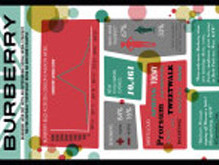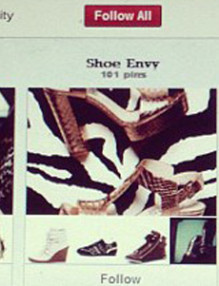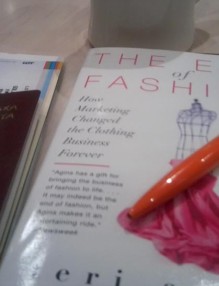This is a PART 4 of my essay. PART 1 was an introduction and it was about theoretical background – sociology of fashion, PART 2 was about history of fashion, PART 3 fashion industry most prominent counties and this part is about fashion in communistic countries. It’s also a summary of all parts.
Fashion in communistic countries
Obviously, trajectory of communism’s development and its’ reasons were complex, but we can agree to the fact that cultural progress was inhibited. Lack of trust for national brands in the nineties, especially exclusive ones, was one of effects of this phenomenon (Naprawdę polskie).
. National, Polish or Russian, companies where giving names to their brands and they were choosing names which sound like English, French or Italian. In post communistic times, people did not believed in national brands because they were tired with it after communism, did not though it will have a good quality, they also needed more creative pieces. And what do we need to develop creative business?
“Currently a number of broad trends – all connected in one way or another to globalization – are shaping the rapid expansion of this cluster. Deregulation of national cultural and media policy frameworks /…/ has resulted in part from financial pressures on governments to maximize the industries’ capability to earn their own market revenues/…/ Increasing affluence has led to shifting demand and employment patterns, which have benefited income-elastic products with high cultural content./…/ Technological change, along with widespread diffusion of information technologies, has led to innovation through the emergence of many new /…/ The rise of the service economy means that intangible investment in human capital brings the greatest returns. In particular, certain sectors such as business services /…/, information and communication technologies (ICT), computer software and audiovisual industries have emerged as leading economic activities in the advanced market economies. The service industries are also a growing source of demand for creative industries’ output, especially in design, advertising and marketing. /…/ The combined effect of these influences has profoundly affected the costs and market structure of the creative industries through two simultaneous and related phenomena. /…/ Less regulated markets and a more open trading system imply not only increased competition but also a new kind of competition. The nature of competition has changed fundamentally over the last 20 years. The leading factors of competitiveness in the new economy are knowledge and informationintensive goods and services, product quality, speed of delivery and customization (Creative Industries and Development) “.
As we can see, creativity needs good conditions to develop. People need competition, information, developed economy structure and convenient financial condition to improve their creativity. Communism is not giving them this circumstances. Ludmila Corlateanu, popular designer, lived in a communism in Bucharest (Fashion and communism). As she claims, although she was always dreaming about being a designer it became possible when she moved. She also agrees that information is crucial for designers. What is more, she believes that if people live in poverty and they feel insecure they do not want and need identity. They prefer to be negligible.
Today’s fashion industry’s and capitalism synergy
Hopefully, in this brief essay I showed that fashion progress is possible only in rich, capitalistic countries. I also tried to prove that this sector will never be developed in communism, because of four indicators:
- lack of information
- insecurity
- usually – relevant economy conditions
- poor people
However, development is possible in manufactory sector and only in circumstances when government policy is opened for capitalistic countries in industrial field and only when part of citizens are rich enough to consume fashion. Although, country like China is not developed in a creative field – it has no prominent designers.

Previous:
Fashion and Capitalism Synergy PART3: Today’s fashion industry most prominent counties

Next:
the geekest fashion websites
You may also like
-
 14 Aug
14 Aug“W’s new website: photos more important than text
fashion marketingThose who know me, know also that I’m passionat about traditional press change under the ...
-

-
 08 May
08 MayFashion on Pinterest: what and why do they do there and who does manage well?
fashion marketingOut of curiosity, I browsed through some huge fashion brands’ pages on Pinterest recently. I ...
-
 16 Dec
16 DecThe End of Fashion: how marketing changed the clothing business forever vs. how the Internet and Lady Gaga saved Haute Couture
fashion marketingRecently I’ve read Teri Agins’s book titled The End of Fashion: how marketing changed the ...
